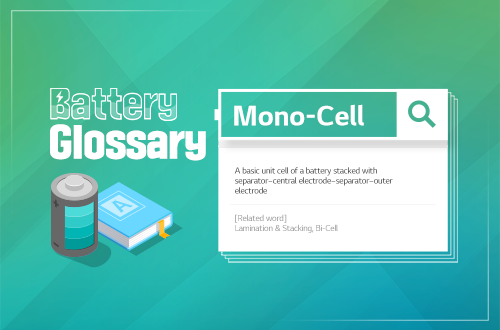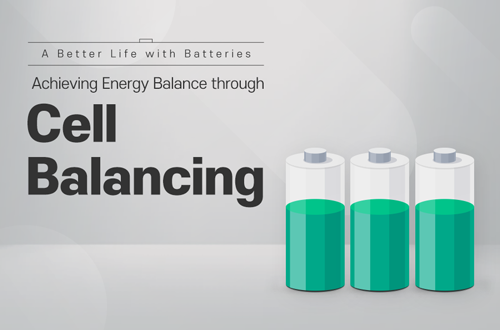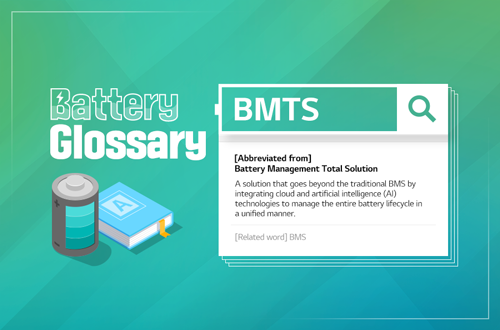“Bi-cell” was briefly introduced as a combination of electrodes and separators when we talked about the assembly process of pouch batteries. In this Battery Glossary, we will delve into the bi-cell.
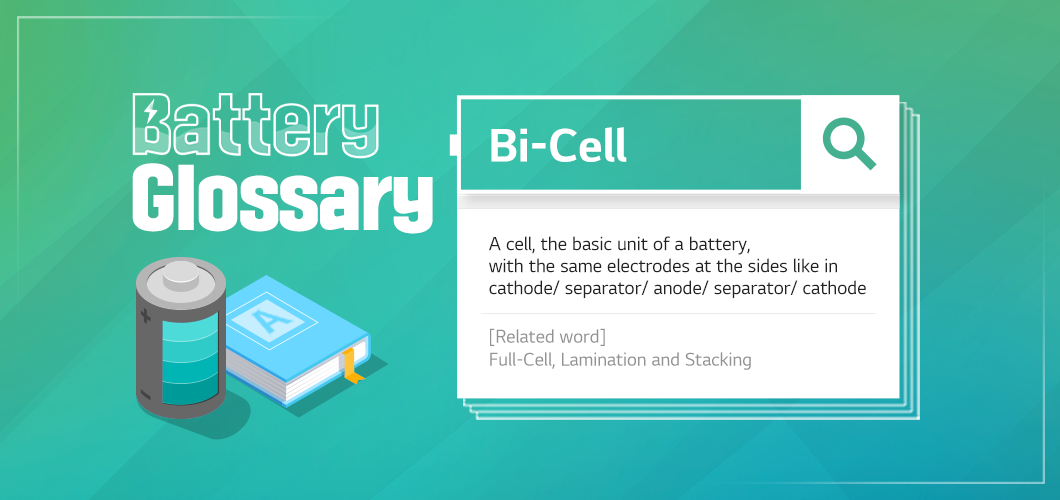
What is Bi-cell?
Bi-cell refers to a semi-finished battery unit that combines multiple electrodes and separators. It has a laminated structure with the same electrodes at the sides like in cathode / separator/ anode / separator/ cathode or anode/ separator/ cathode / separator/ anode.
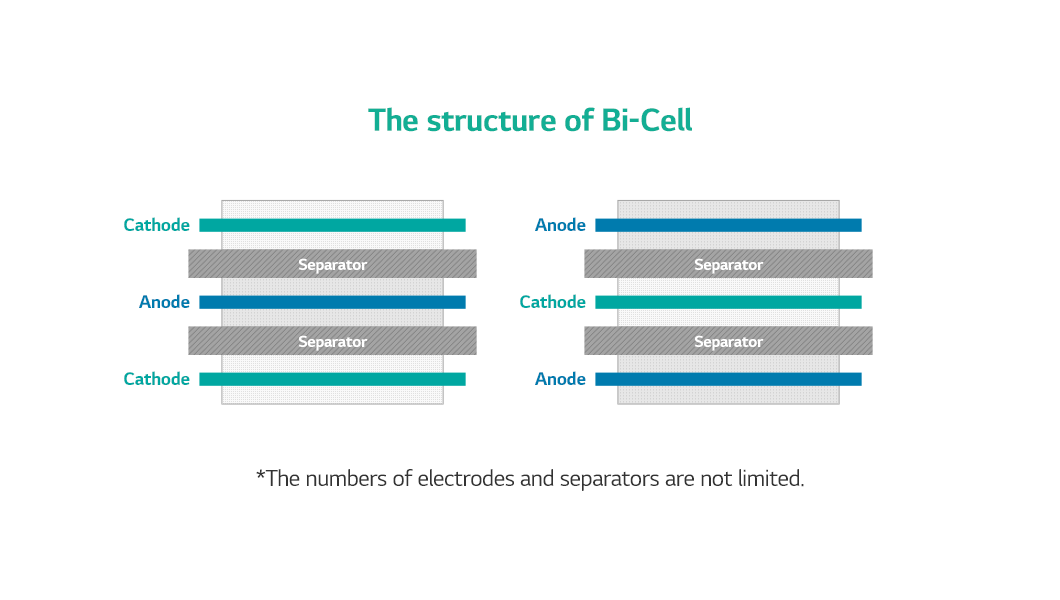
Roles of Bi-cell
Bi-cells are used for laminating components during the assembly of batteries. Experts have discovered that when the safety reinforced separator (SRS), onto which components of the binder polymer active layer are applied, is added to the bi-cell, it creates a double safety net along with the separator in the bi-cell. That can improve battery safety further.
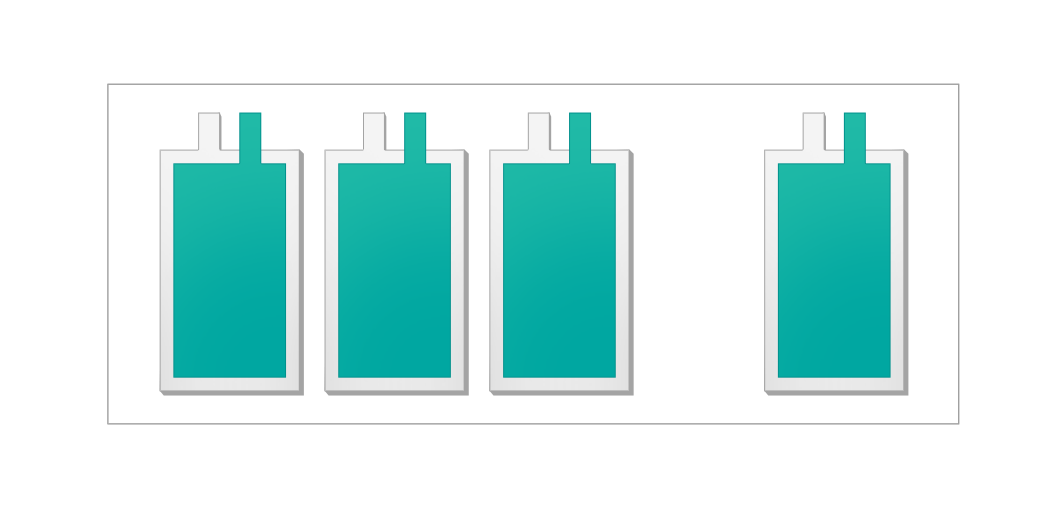
Higher Energy Density and Safety of Batteries
This technology is utilized in the Stack & Folding method. By applying this method, battery materials can be stacked without gaps, further enhancing battery energy density and safety.
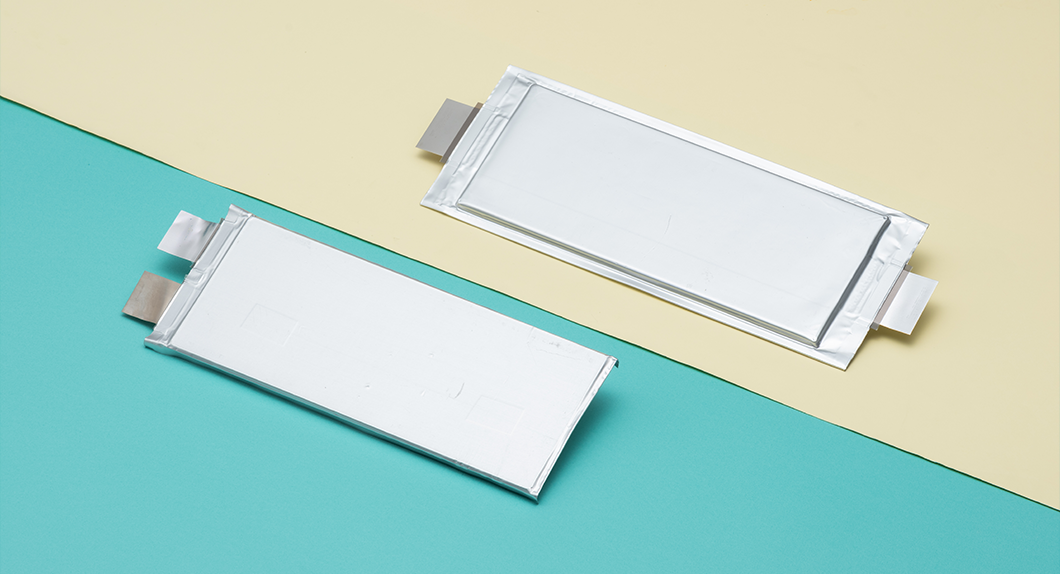
That’s it for bi-cell. Please note that although hidden, battery experts’ efforts and technology were put into batteries to raise the density and safety of batteries. Next time in the Battery Glossary, we will look into SRS®, the safety reinforced separator, we briefly covered today.
